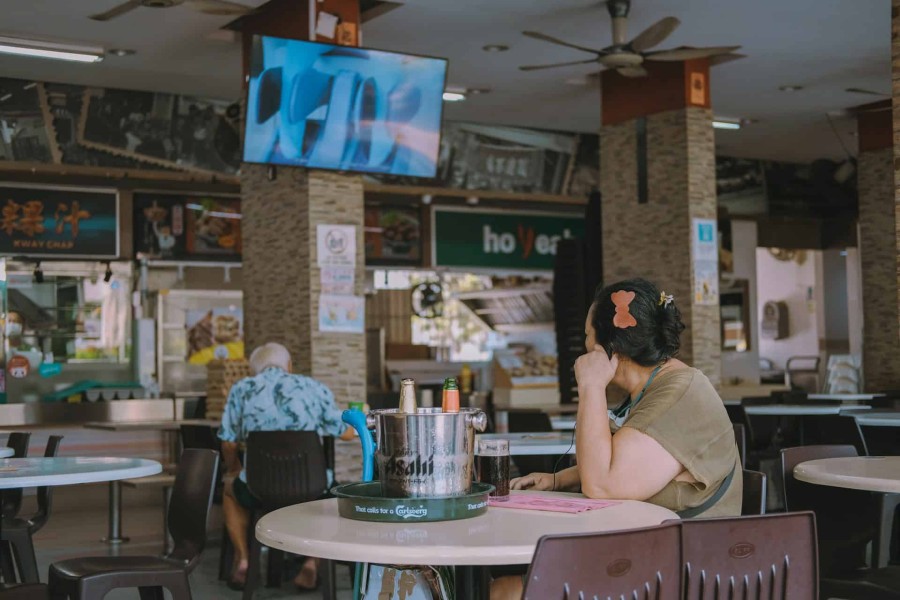
Kopitiam has become a trendy place for various groups to enjoy coffee and relax. Discover the reasons below. Scroll down...







Follow us 👉 @alinear.id for more interesting updates, promos, and vouchers coming up!
Follow us on Instagram Follow us on InstagramClick the button below to request our Digital Media Partnership and Affiliate Program 2025. Sign up today to register your business with us. Let's align and shine together with Alinear Indonesia! ✨
Sign Up Sign Up*Terms & Conditions Applied.

©2025 Alinear Indonesia • SR Digital. All rights reserved.
Home | About | Alinear For Business | Contact us | Sitemap